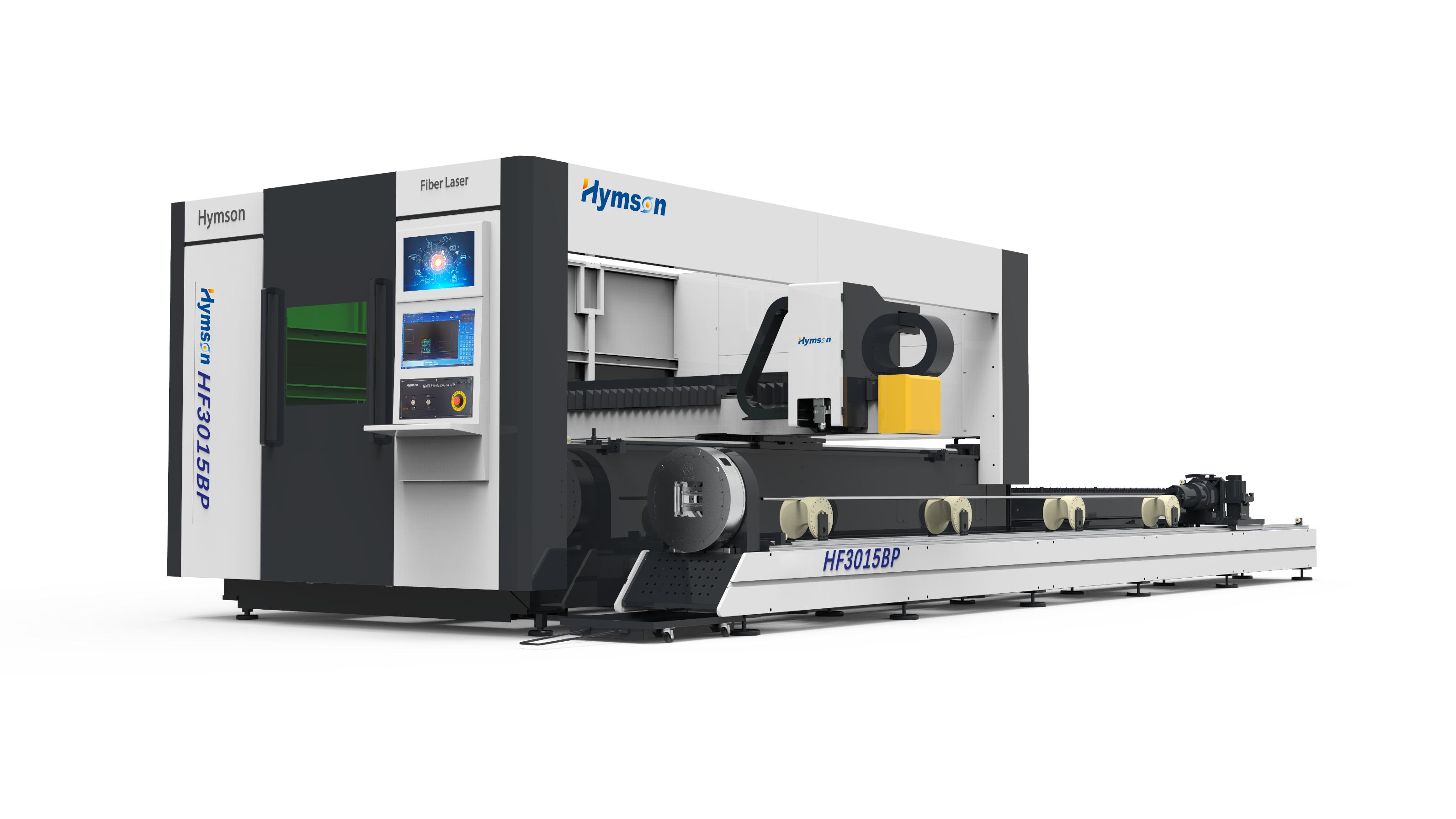Laser cutting is a highly efficient and precise technique used in various industries to cut through a wide range of materials. One crucial aspect to consider when using a laser cutting machine is the thickness limit of the material that can be effectively cut. In this article, we will explore more details about the laser cutting thickness limit for the laser cutting machine.
Factors Affecting Laser Cutting Thickness Limit
Material Type
Different materials have different properties, and their response to laser cutting varies accordingly. Metals with higher melting points, such as steel, aluminum, and copper, require higher laser power and specialized cutting techniques. On the other hand, plastics like acrylic, polycarbonate, and ABS can be cut easily with lower-power lasers, necessitating adjustments in laser power and cutting parameters. Understanding the characteristics of the material you intend to cut is essential in determining the appropriate laser cutting machine and its laser cutting thickness limit.
Laser Power
Laser power plays a significant role in determining the laser cutting thickness limit. Different laser cutting machines come with varying power options, ranging from a few watts to several kilowatts. Higher-power lasers can effectively cut through thicker materials, while lower-power lasers are better suited for thin materials. However, excessively high laser power can lead to thermal distortion and unwanted material damage.
Beam Quality
The quality of the laser beam is crucial for achieving precise cuts. A high-quality beam ensures a small and concentrated spot size, resulting in cleaner and more accurate cuts. Beam quality is affected by the laser source and the optical system used in the cutting setup.
Focal Length
The focal length of the lens in the laser cutting machine affects the size and intensity of the laser beam. A shorter focal length creates a smaller spot size, resulting in higher energy concentration and the ability to cut through thicker materials. Conversely, a longer focal length spreads the laser beam over a larger area, reducing the cutting capability for thicker materials.
Cutting Speed
The cutting speed determines the rate at which the laser moves along the material during cutting. Higher cutting speeds are suitable for thinner materials, while slower speeds may be necessary for thicker materials to ensure complete penetration and optimal cutting quality.
Assist Gas
Assist gas is used in laser cutting to remove molten material from the cutting area and to protect the laser optics from debris. Different gases, such as oxygen, nitrogen, and compressed air, have varying effects on the cutting process. The choice of assist gas depends on the material being cut and the desired cutting quality.
Laser Cutting Thickness Limit for Different Materials
Metals
Steel
Steel is a commonly cut material in industries such as automotive, aerospace, and construction. The laser cutting thickness limit for steel typically ranges from 0.5mm to 25mm, depending on the type and grade of steel. The laser cutting machine with higher laser powers and slower cutting speeds is required for thicker steel.
Aluminum
Aluminum is a lightweight and versatile material used in various applications. The laser cutting thickness limit for aluminum is typically between 0.5mm and 20mm. Aluminum has high thermal conductivity, requiring higher laser powers and optimized cutting parameters.
Copper
Copper, known for its excellent electrical conductivity, poses challenges for the laser cutting machine due to its high reflectivity. The laser cutting thickness limit for copper is generally around 0.2mm to 6mm. Specialized techniques and cutting parameters are needed to overcome the reflectivity and achieve precise cuts.
Hymson 40mm Mild steel Cutting
Plastics
Acrylic
Acrylic, also known as PMMA (polymethyl methacrylate), is a popular material in signage, displays, decorative items, and even architectural applications. The laser cutting thickness limit for acrylic ranges from 0.5mm to 25mm. Acrylic offers clean and precise cuts, making it a preferred choice for intricate designs.
Polycarbonate
Polycarbonate is a strong and impact-resistant thermoplastic used in applications requiring high transparency and durability. The laser cutting thickness limit for polycarbonate typically falls between 0.5mm and 12mm. Proper selection of laser power and cutting parameters of the laser cutting machine ensures optimal results without causing stress fractures.
ABS
ABS (acrylonitrile butadiene styrene)is a commonly used thermoplastic known for its toughness and impact resistance. The laser cutting thickness limit for ABS is usually between 0.5mm and 8mm. To avoid material deformation, care should be taken to prevent excessive heat buildup during cutting.
Others
Wood
Wood is another commonly cut material in laser cutting applications. The laser cutting thickness limit for wood varies depending on the type of wood and its density. Generally, laser cutting machines can effectively cut through wood up to 20mm in thickness. However, thicker hardwood may require more powerful lasers or multiple passes.
Paper
Paper is a delicate material that can be easily cut using laser cutting machines. The laser cutting thickness limit for paper typically ranges from a fraction of a millimeter up to 5mm, depending on the precision and power of the laser. It is essential to adjust the laser power and speed settings to prevent burning or charring the paper during cutting.
Conclusion
Understanding the laser cutting thickness limit for a laser cutting machine is crucial for achieving accurate and efficient cuts in various materials. Factors such as laser power, material type, and focal length play significant roles in determining the thickness limit. By considering these factors and selecting the appropriate laser cutting machine, you can unleash their creativity and accomplish impressive cutting projects.
Share This Post:


